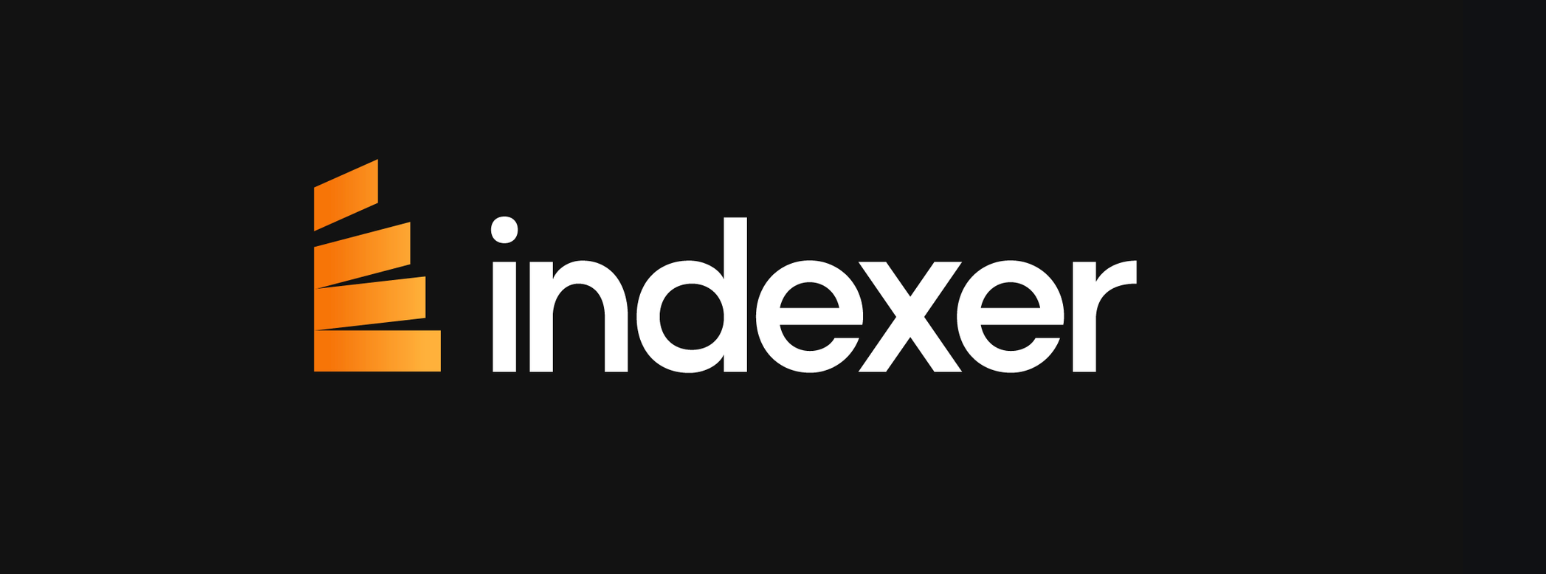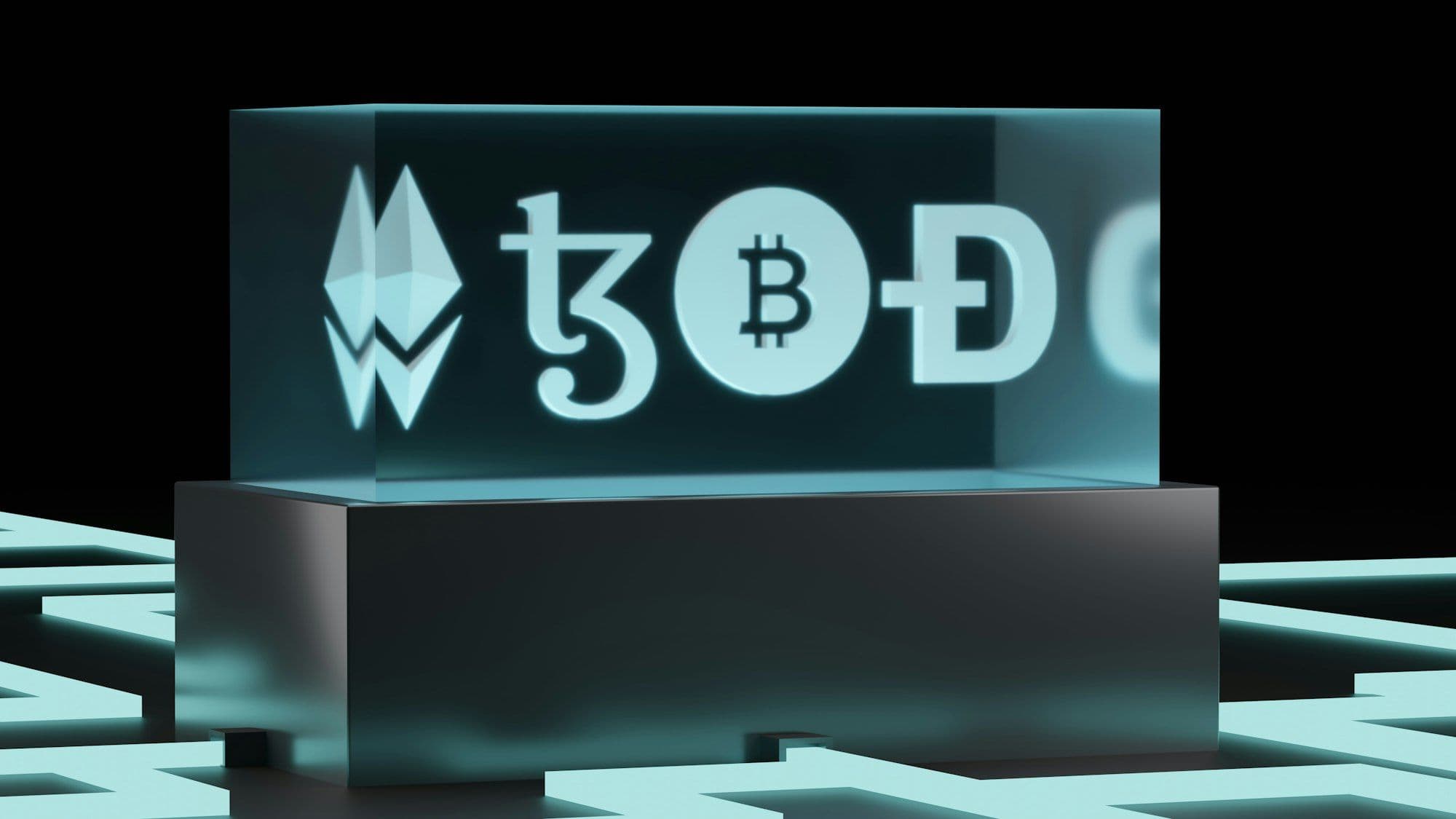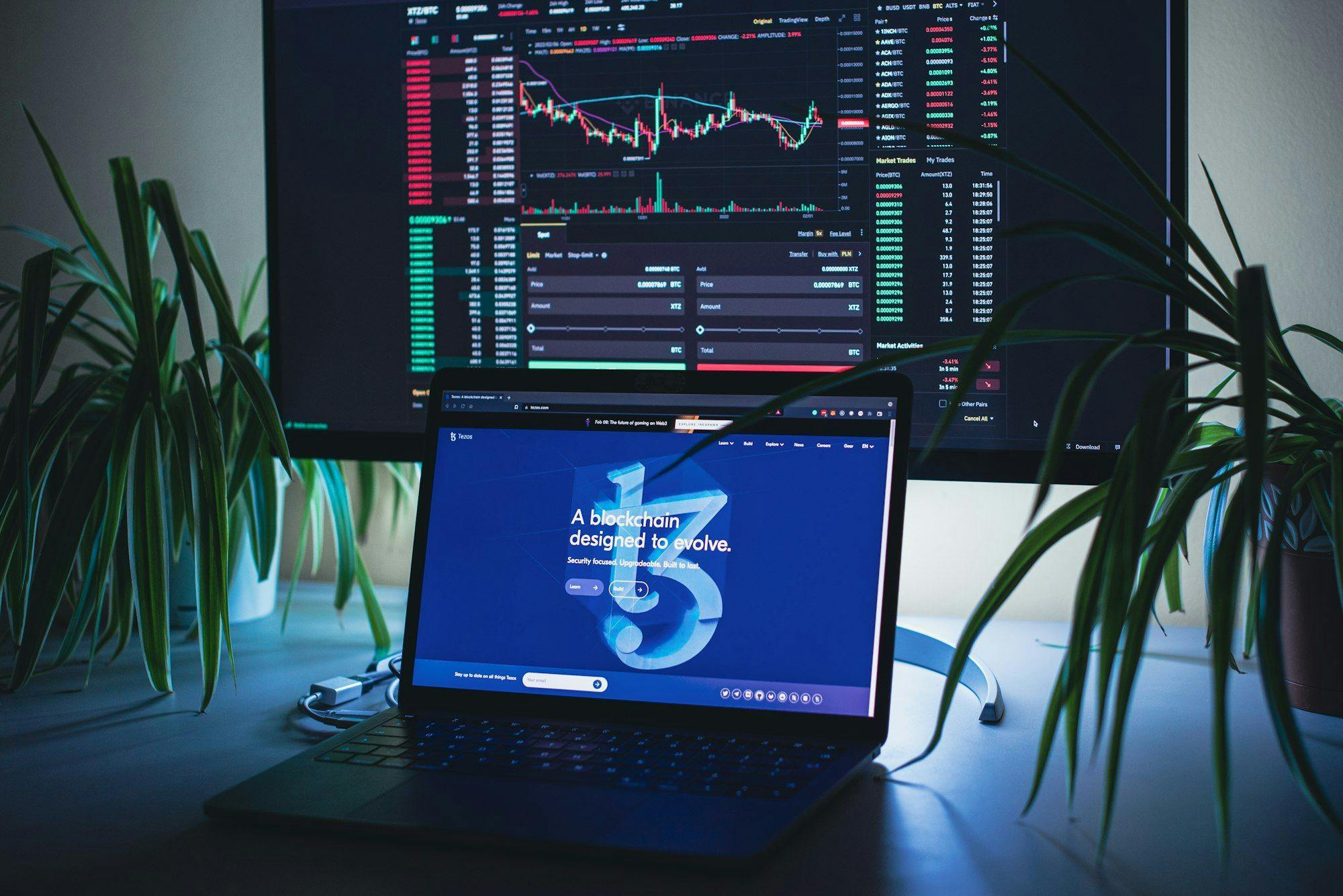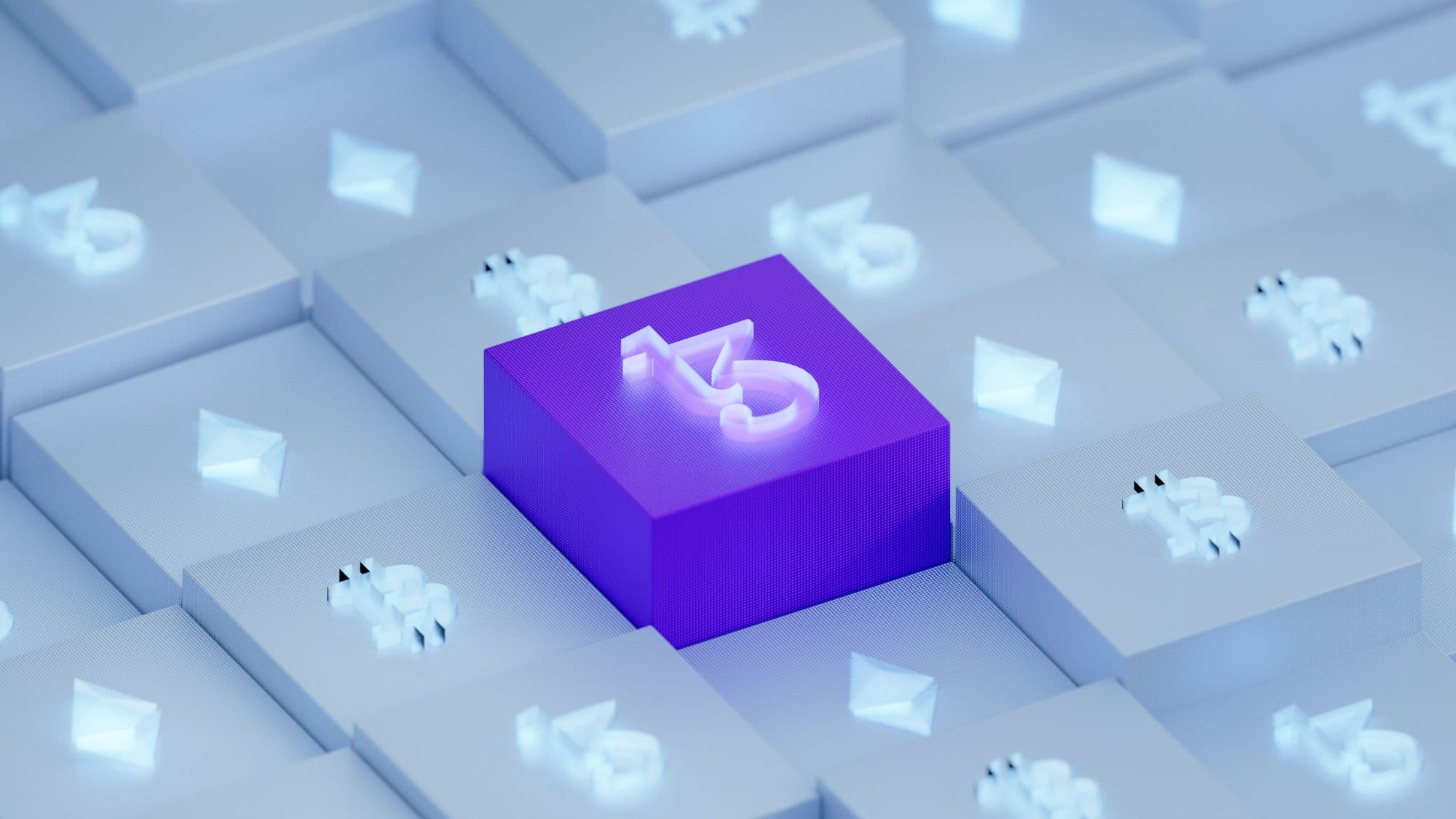
Tracking NFT marketplace sales on the NEAR blockchain involves understanding how transactions are recorded and how to access and interpret this data. NEAR's efficient, user-friendly design and its transparent, accessible ledger make it an ideal ecosystem for engaging with NFTs. Below is a guide focusing on tools and strategies for tracking NFT marketplace sales.
Tools and Resources for Tracking Sales
NEAR Explorer:
The NEAR Explorer is a powerful tool for viewing all transactions on the blockchain, including NFT sales. It allows users to search for specific accounts, transactions, and blocks, providing a detailed view of the blockchain's activity.
Marketplace Dashboards:
Many NFT marketplaces on NEAR offer their dashboards, displaying real-time data on sales, listings, and price trends.
NEAR Wallet:
The NEAR Wallet is a gateway to managing assets and interacting with the blockchain. You can track NFT purchases and sales, providing a personal ledger of your activity.
Third-party Analytics Tools:
Tools like DappRadar or NFT Bank offer analytics across multiple blockchains, including NEAR.
Step-by-Step Guide to Tracking NFT Sales
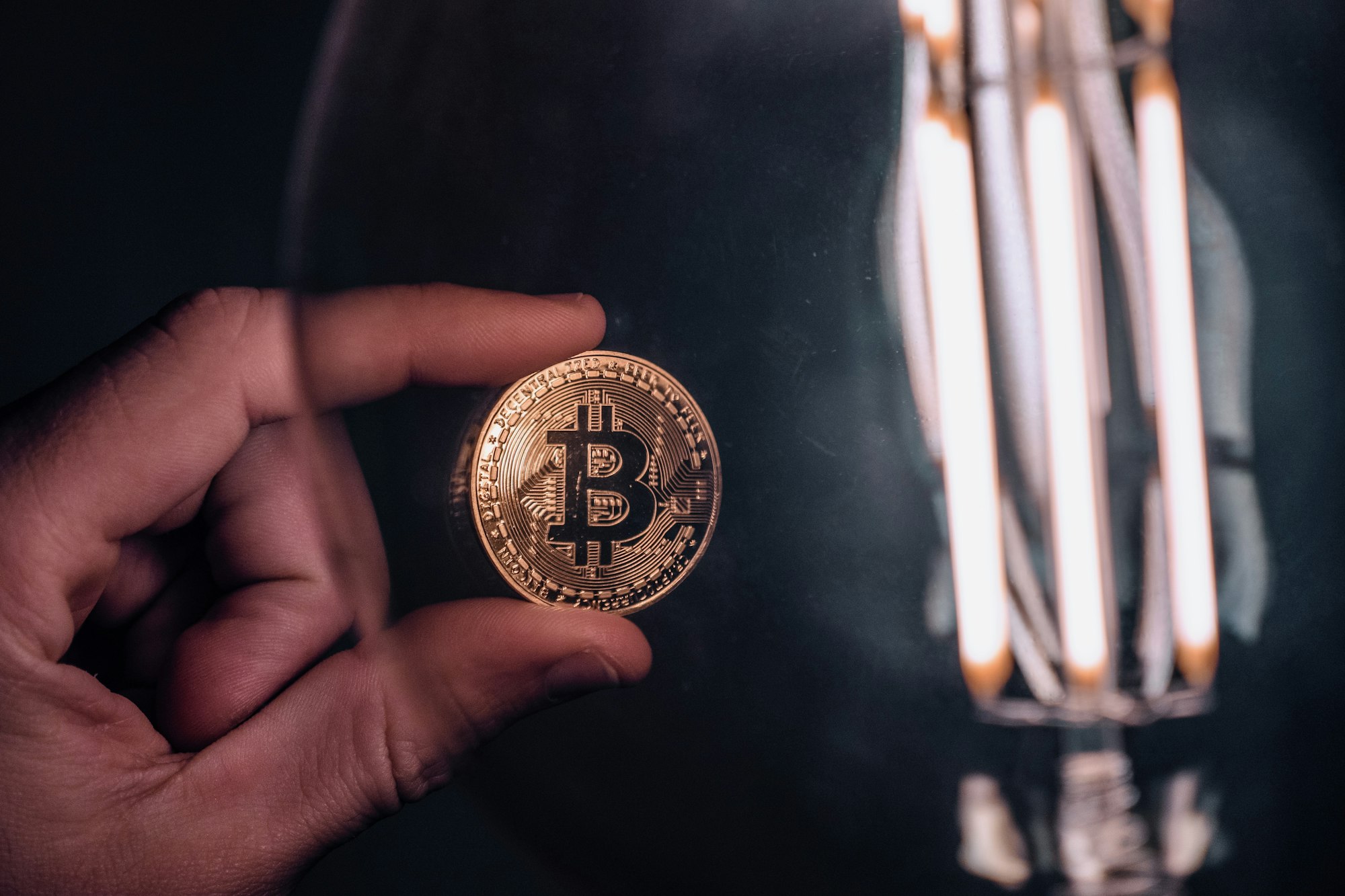
Step 1: Choose Your Tracking Method
1- Decision-Making Factors:
Personal Sales Tracking: Ideal for artists, creators, or collectors who need to monitor their transactions, including sales, bids, and transfers. This approach requires access to personal wallets and accounts on NFT marketplaces.
Monitoring Specific Collections:
This method focuses on following the performance of specific NFT collections or artists. It's useful for investors, collectors, or fans interested in the market dynamics of particular interests.
Analyzing Overall Market Trends:
Broad analysis aimed at understanding the NEAR NFT ecosystem's health, growth areas, and potential investment opportunities. This approach is beneficial for analysts, investors, and enthusiasts looking to grasp the market's bigger picture.
Step 2: Use NEAR Explorer
1- Navigating to NEAR Explorer:
Access:
Start by visiting the official NEAR Explorer website. The URL for this site is typically structured as explorer.near.org. This is the gateway to viewing all blockchain transactions, accounts, and contracts on the NEAR network.
Interface Familiarization:
Spend some time getting to know the layout. Key areas of interest include the search bar prominently displayed on the home page, the dashboard summarizing blockchain statistics (like recent blocks and transactions), and navigation links to specific sections such as transactions, accounts, blocks, and contracts.
Search Functionality:
The search bar is your primary tool here. It's designed to accept various types of queries including account names, transaction hashes, block hashes, and contract addresses. Understanding how to effectively use the search function is crucial for tracking NFT transactions.
2- Searching for NFT Contracts or Accounts
- NFT Contracts:
NFT contracts on NEAR are smart contracts that comply with the NEP-171 standard (NEAR's equivalent to ERC-721 on Ethereum). You need the contract's address to track sales within a specific collection. The NFT project often provides this on their website or social media channels.
- Technical Note:
When entering a contract address in the search bar, NEAR Explorer will display the contract's transaction history, including deployments (initial and updates), minting of new NFTs, and transfers. Each transaction entry is clickable, revealing detailed JSON data about the transaction.
- User Accounts:
To search for a user account, input the account's human-readable address into the search. NEAR's account model uses readable names (e.g., john.near) instead of the hexadecimal addresses found on other blockchains.
- Technical Note:
Account searches will list all transactions associated with that account, including sending, receiving, and interacting with contracts. For NFT tracking, focus on transactions linked to known NFT contract addresses.
3- Analyzing Transactions
- Creation Transactions:
Look for the initial contract deployment transaction, which establishes the contract on the blockchain. This provides insights into the project's launch date and initial settings.
- Sale and Transfer Transactions:
Focus on transactions that signify a change in ownership. These can be sales (where ownership is transferred in exchange for NEAR tokens) or transfers (ownership changes without a sale). The details of these transactions include the seller and buyer accounts, transaction timestamps, and the amount of NEAR tokens transferred.
- Patterns and Volume:
Identify patterns in activity, such as spikes in sales or transfers, which could indicate increased interest or market movements. Volume analysis can reveal the popularity and liquidity of a collection.
- Incoming Transactions:
Identify incoming transactions from NFT contracts, which may represent purchases or gifts. Details include the sender (often the contract address or another user), the timestamp, and any associated messages or transaction metadata.
- Outgoing Transactions:
Look for outgoing transactions to NFT contracts, signifying sales or transfers initiated by the account holder. This data is crucial for tracking personal trading activity and understanding one's market engagement.
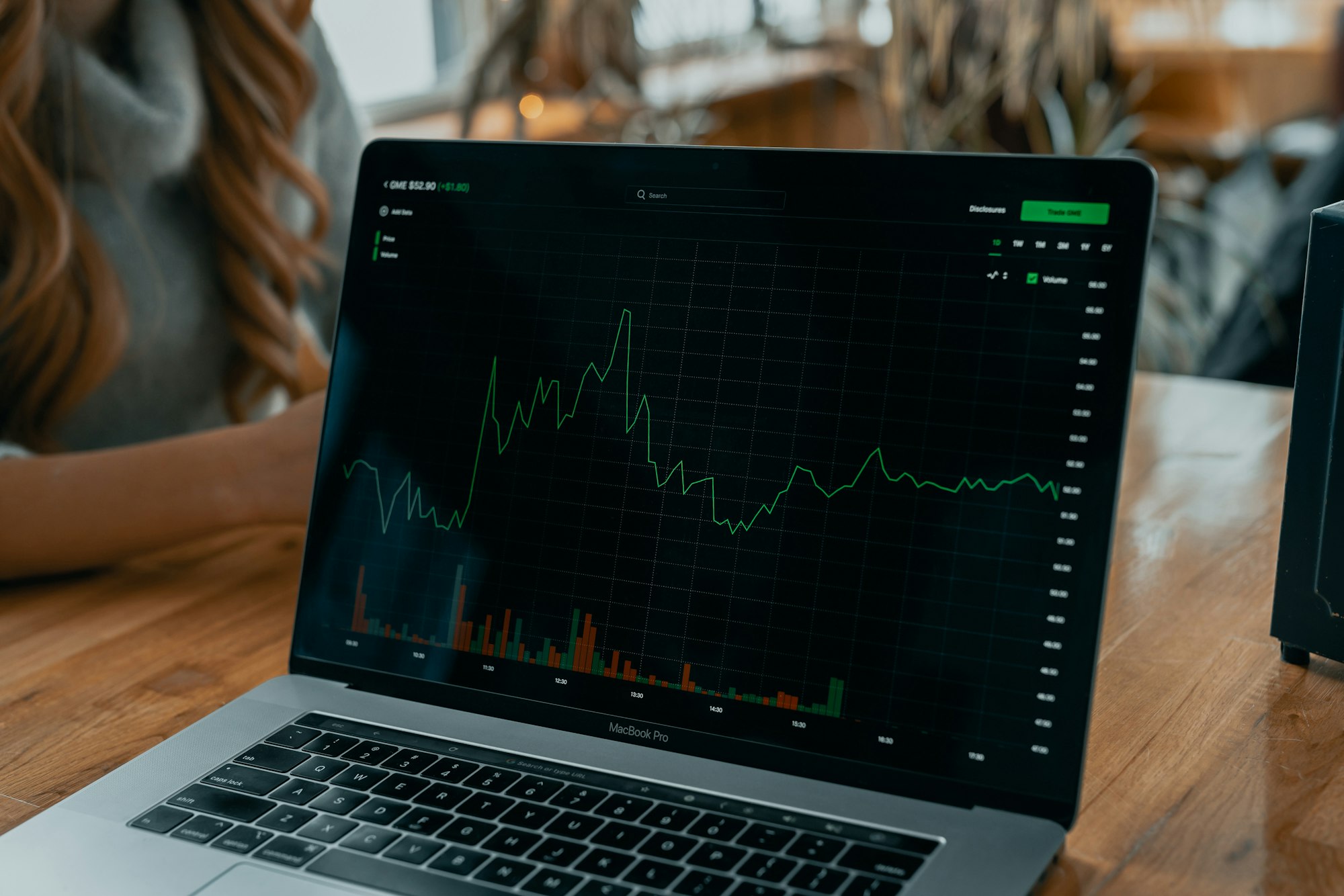
Step 3: Explore Marketplace Dashboards
1- Identify the Marketplace(s)
- Research:
Begin by identifying where the NFT collection of interest is actively being traded. This information is usually available on the project's official website, social media channels, or through community forums. NEAR's ecosystem includes several marketplaces, such as Mintbase, Paras, and Pluminite, each with unique offerings and focuses.
- Multiple Listings:
Recognize that some NFT collections may be listed across multiple marketplaces. Each platform may offer different insights and data points, making it important to check all relevant marketplaces for a comprehensive understanding.
- Community Input:
Don't overlook the value of community knowledge. Engaging with the NEAR and NFT communities through platforms like Twitter, Reddit, and Discord can provide direct insights and recommendations on where to track specific NFT collections.
2- Visit the Marketplace's Dashboard or Analytics Section
- Navigation:
Once you've identified the relevant marketplaces, navigate to their official websites. Look for sections labeled "Dashboard," "Analytics," "Stats," or similar. These areas are dedicated to providing users with data and insights about the marketplace's activity.
- Features and Tools:
Familiarize yourself with the analytical tools and features offered by the marketplace. This may include filters for periods, specific collections or artists, sale volumes, and average prices. Some marketplaces also offer advanced tools like historical price tracking, rarity rankings, and liquidity metrics.
- Account Integration:
If the marketplace offers personalized dashboards through account integration, consider creating an account or linking your NEAR wallet. This can provide tailored insights into your transactions, favorites, and interactions within the marketplace.
3- Look for Sales History, Volume, and Price Trends
- Sales History:
This data provides a record of past transactions for specific NFTs, collections, or artists. Analyze the frequency, timing, and prices of sales to gauge the collection's popularity and market demand.
- Technical Details:
Pay attention to the transaction details, including the exact time and date, the sale price (in NEAR or other tokens), and the parties involved in the transaction.
- Volume:
Volume metrics indicate the total number of transactions within a specific timeframe. High volume can suggest strong market interest or activity around a collection. Compare volume trends over time to identify periods of increased or decreased activity.
- Analysis:
Look for correlations between volume spikes and external factors, such as project announcements, broader market trends, or significant social media mentions.
- Price Trends:
Price trends offer insights into how the value of NFTs in a collection is changing over time. Analyzing these trends can help identify patterns of appreciation or depreciation, which are critical for investment and collection strategies.
- Market Sentiment:
Price trends can also reflect broader market sentiment. Sudden increases might indicate hype or a bullish outlook, while declines could signal market corrections or waning interest.

Step 4: Analyze Data with Third-party Tools
1- Use Platforms like DappRadar
- Selection of Platforms:
Begin with identifying which third-party platforms provide analytics for NEAR blockchain NFTs. DappRadar is a prominent example, but others like CoinGecko, NFT Bank, and NonFungible.com might also offer valuable data. Each platform has its strengths, such as DappRadar's comprehensive listing and analytics across many blockchains and marketplaces.
- Registration and Setup:
Some platforms may require registration to access full analytics capabilities or personalized features. Signing up can also enable you to save preferences, set alerts, and receive updates tailored to your interests.
- Navigating to NEAR Section:
On platforms like DappRadar, navigate to the section dedicated to the NEAR blockchain or use the search function to find NEAR-related analytics. This could include overall blockchain metrics, specific NFT projects, or marketplace activities.
2- Filter Data by Time Frame, Collection, or Marketplace
- Time Frame Filtering:
Most analytics platforms allow you to filter data based on specific time frames, such as the last 24 hours, 7 days, or months. Adjusting the time frame can help identify short-term trends versus long-term movements, crucial for understanding market dynamics and making informed decisions.
- Collection and Marketplace Filters:
Use the platform's filtering tools to narrow down data to specific NFT collections or marketplaces. This targeted approach can reveal detailed insights into the performance and trends of particular interests.
- Analyzing Collections:
Focus on metrics like total volume, average sale price, number of sales, and active wallets. These indicators can help assess a collection's popularity, liquidity, and value trend.
- Marketplace Analysis:
Understanding marketplace trends can provide context for collection performance. Look at overall volume, transaction counts, and the diversity of active collections on a marketplace to gauge its health and user engagement.
3- Analyze Trends and Activity
- Trend Identification:
With data filtered to your specifications, analyze the trends evident in the numbers. Are there upward or downward trends in volume or price? Is there an increase in unique buyers or sellers? Trends can indicate market sentiment, growth or decline phases, and investor interest.
- Activity Patterns:
Pay attention to patterns in buying, selling, and listing activities. Spikes in listings without corresponding sales might indicate a bearish outlook, while increases in buying activity could signal growing interest or speculation.
- Comparative Analysis:
Use the platform's capabilities to compare data across different collections, marketplaces, or time frames. This comparative analysis can uncover relative strengths, potential opportunities, and risks within the NEAR NFT ecosystem.
In Summary
You can develop a deep understanding of NFT marketplace sales on the NEAR blockchain. This analysis can inform strategic decisions. Remember, the key to the use of these tools lies in regularly updating your analysis to reflect the latest data and market developments.
Curious to Know More About the Blockchain?
Explore indexer.xyz for a wealth of blockchain resources, from in-depth NFT guides to comprehensive tutorials, and access our powerful Indexer API. Elevate your blockchain projects to a new level with enhanced knowledge of NFTs, blockchain technology, and much more!
